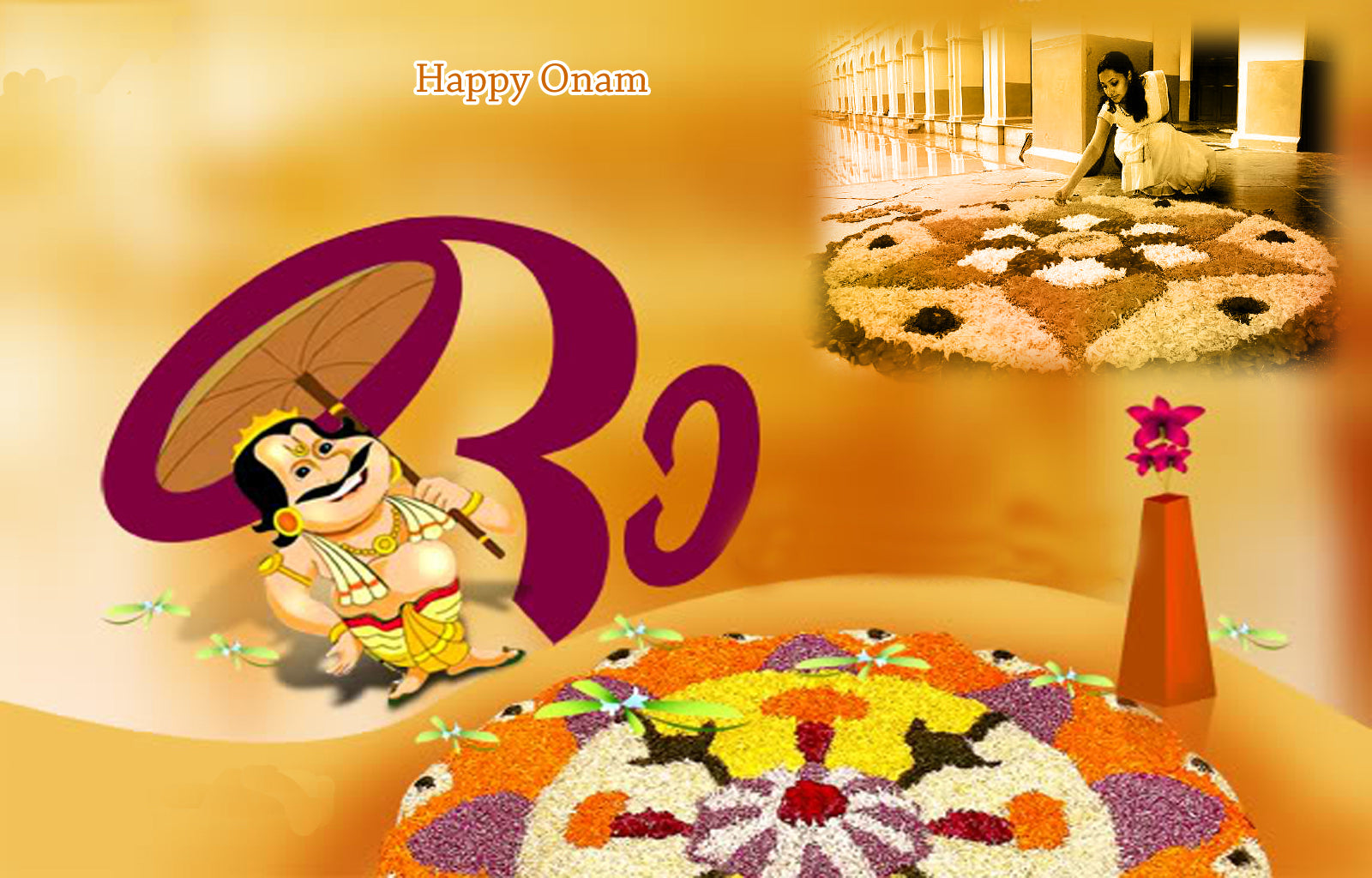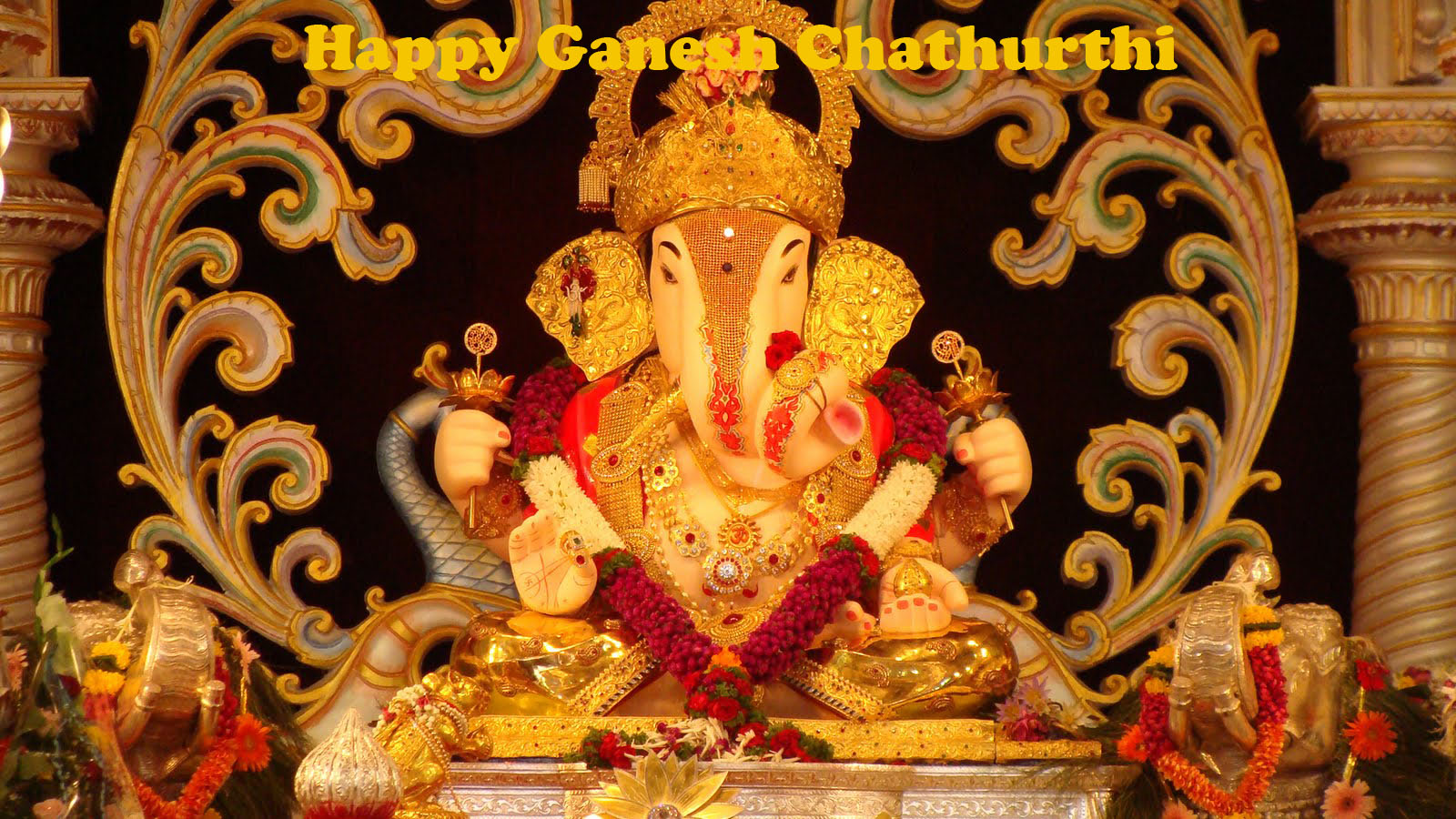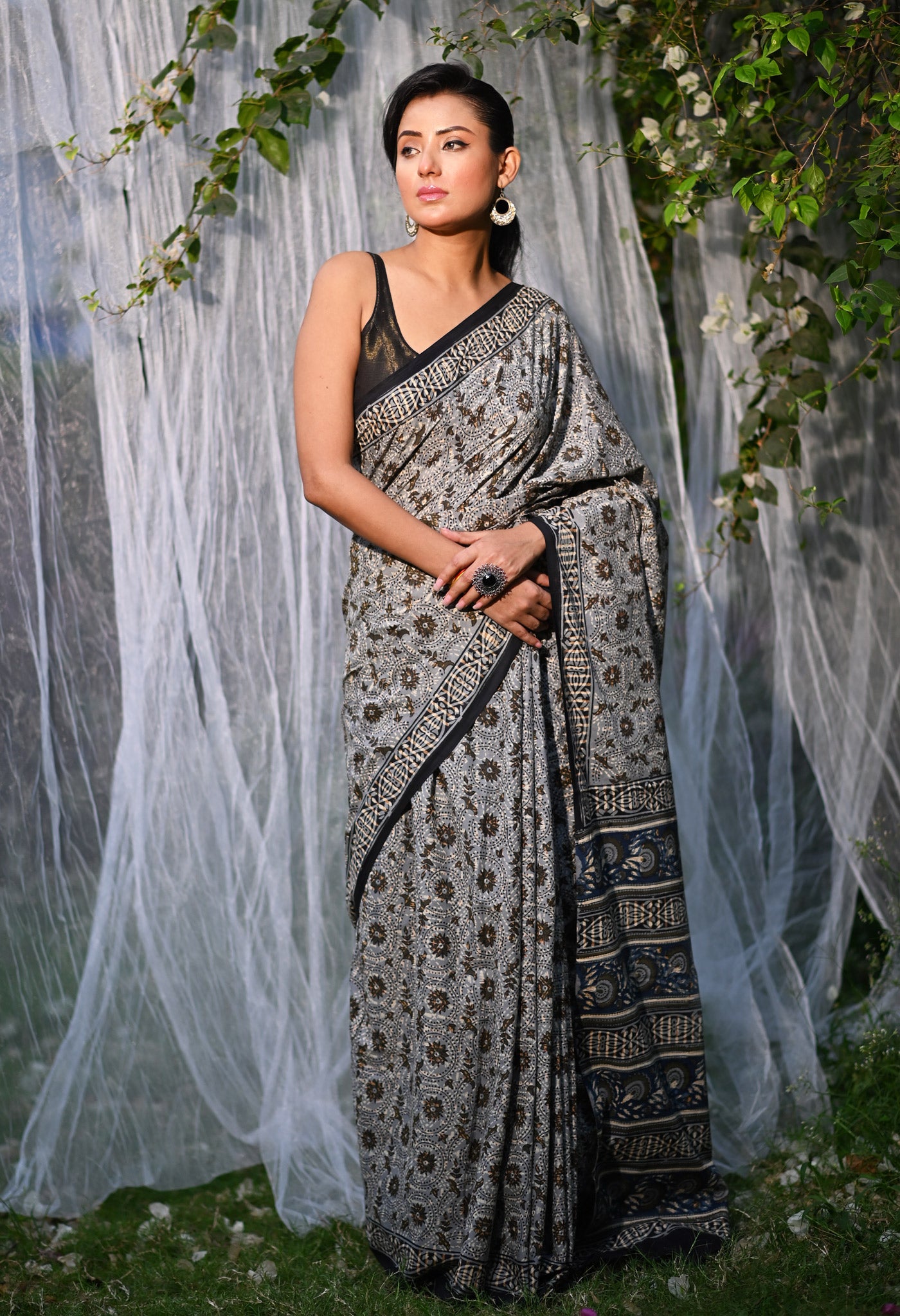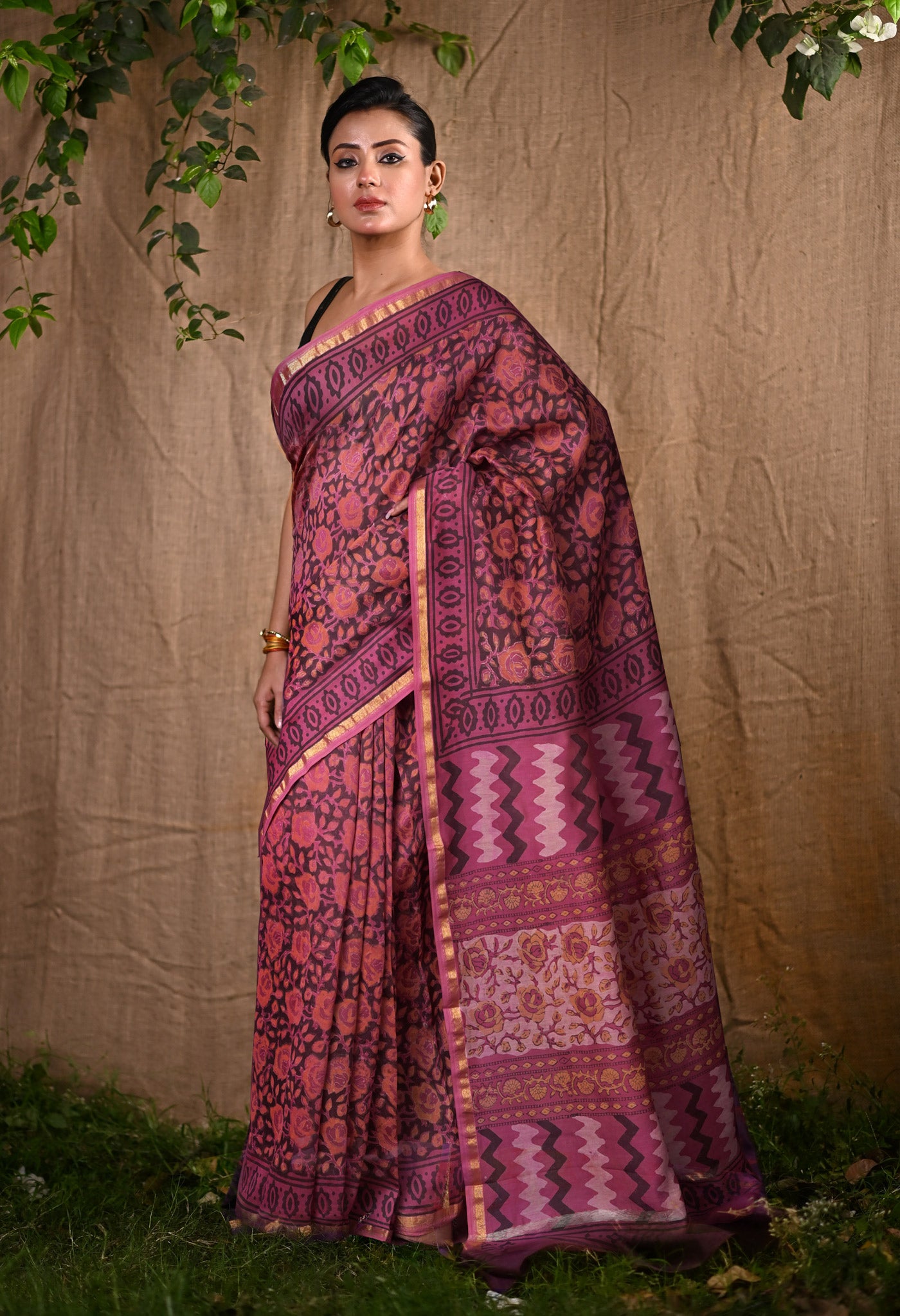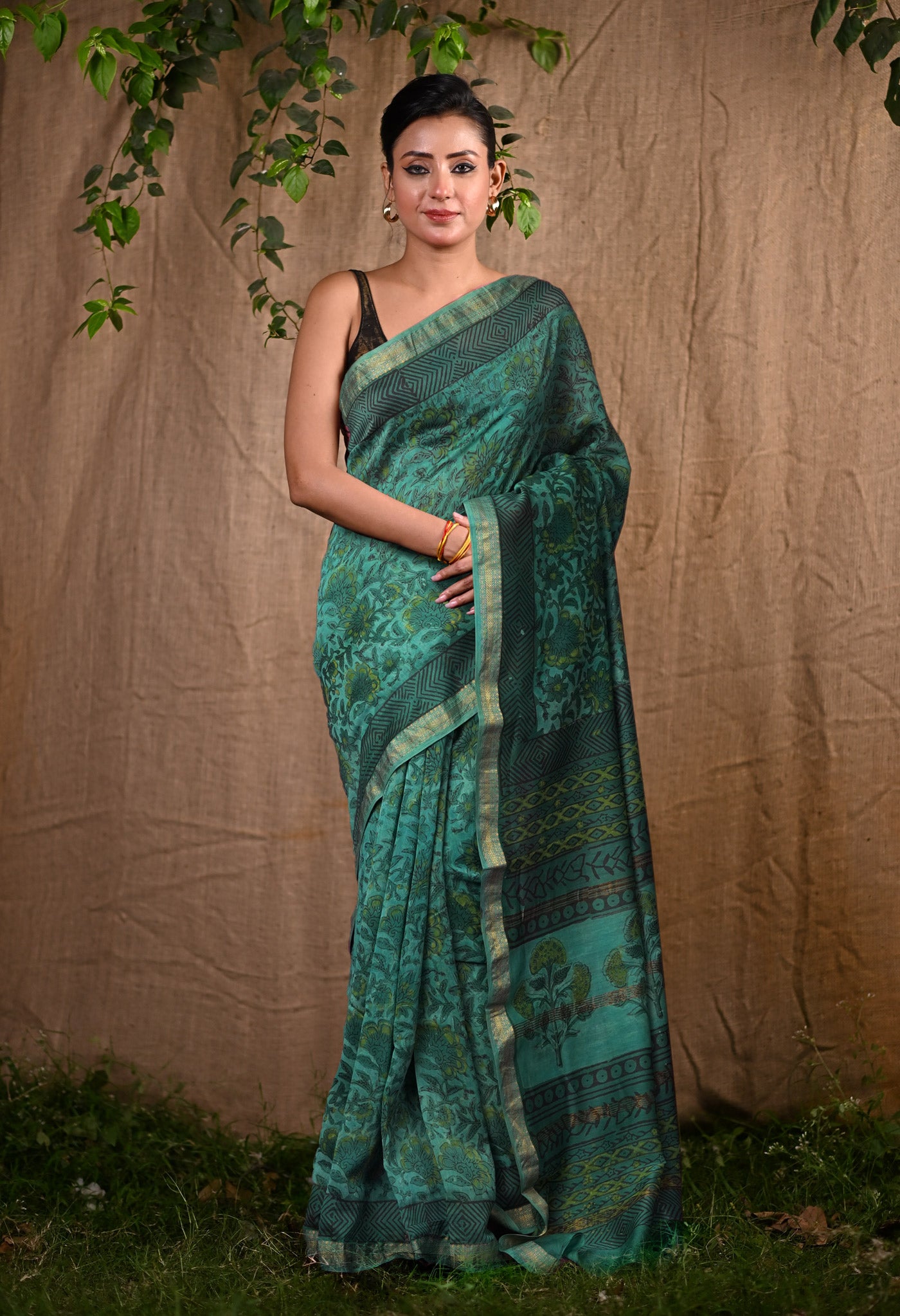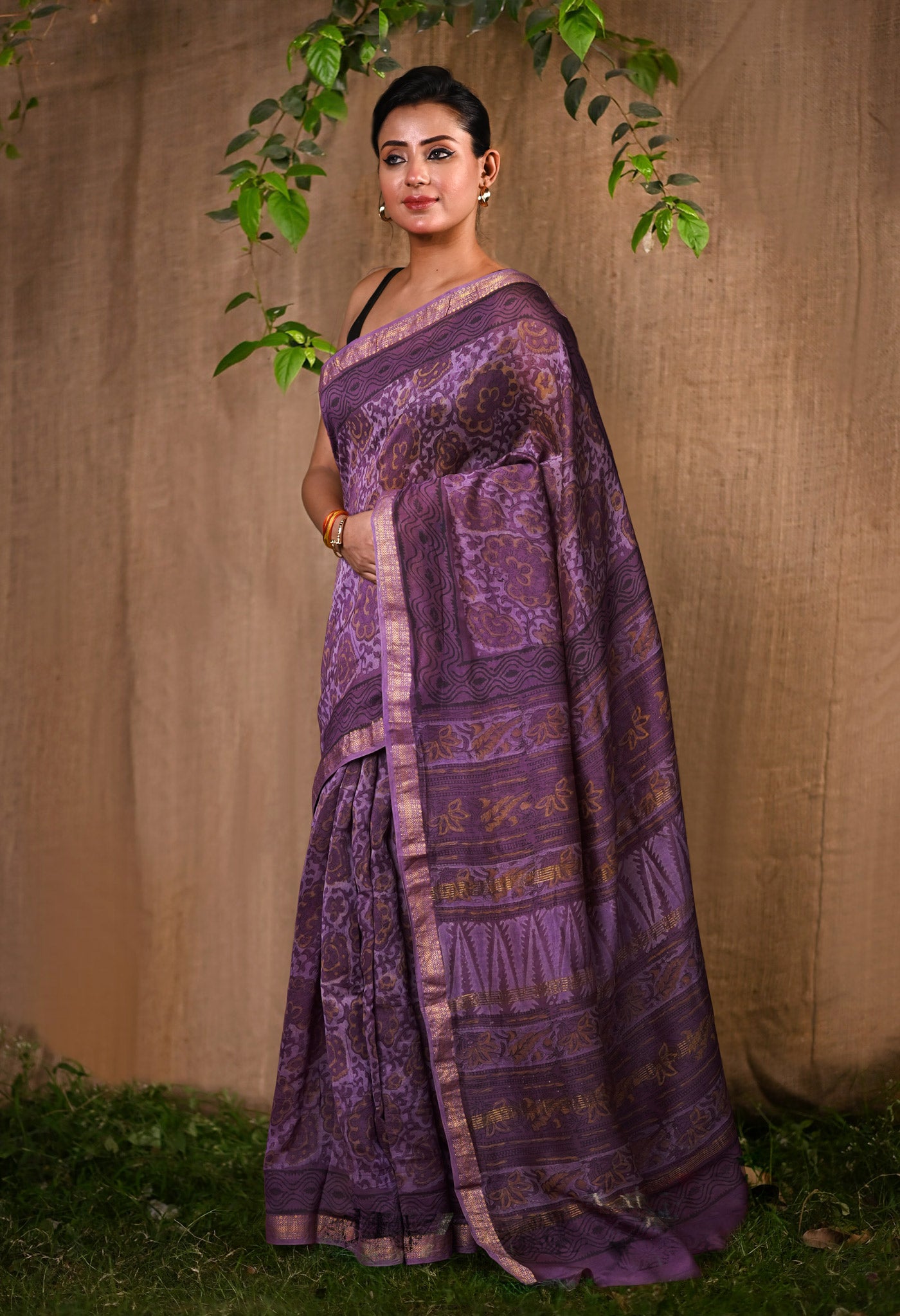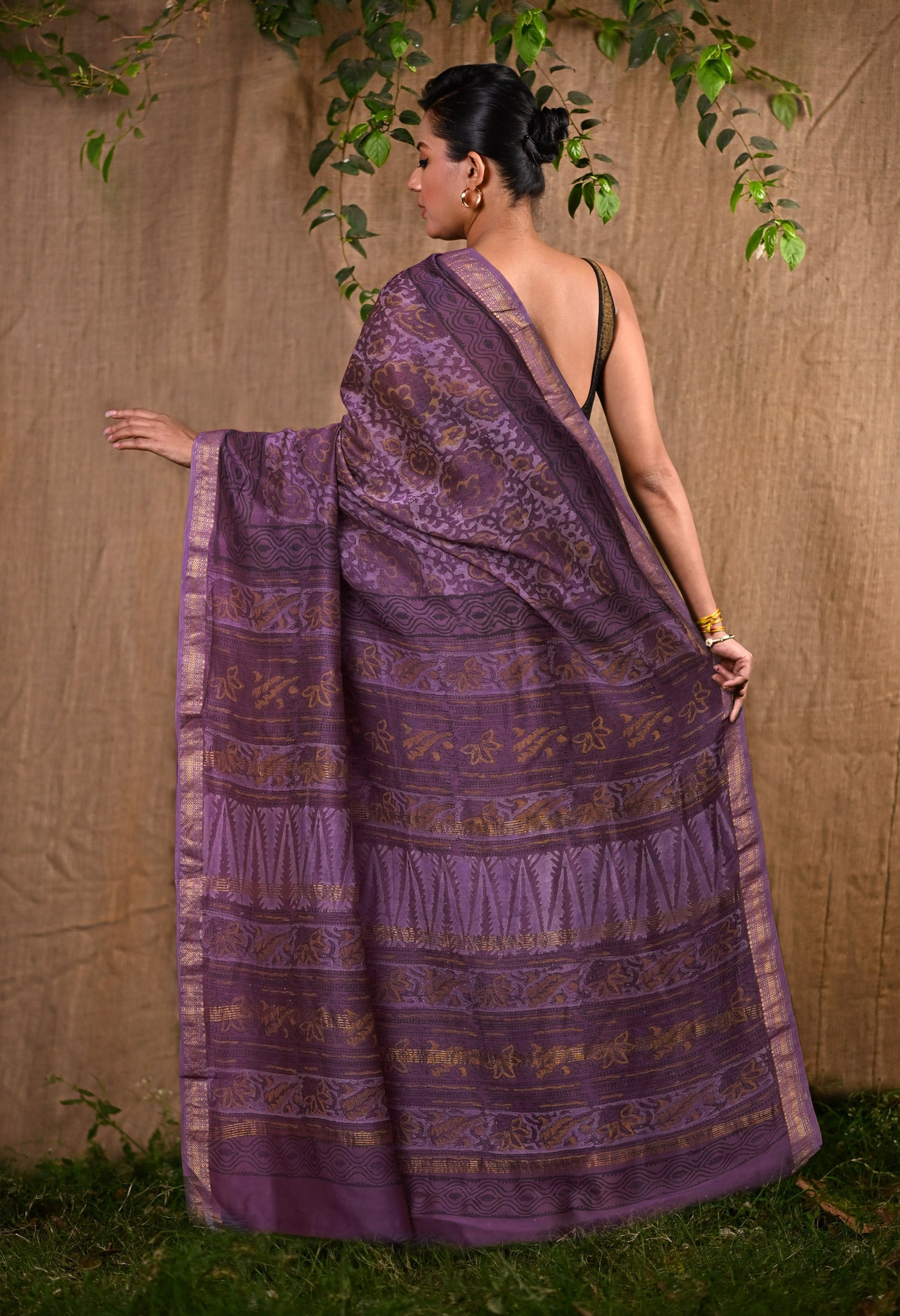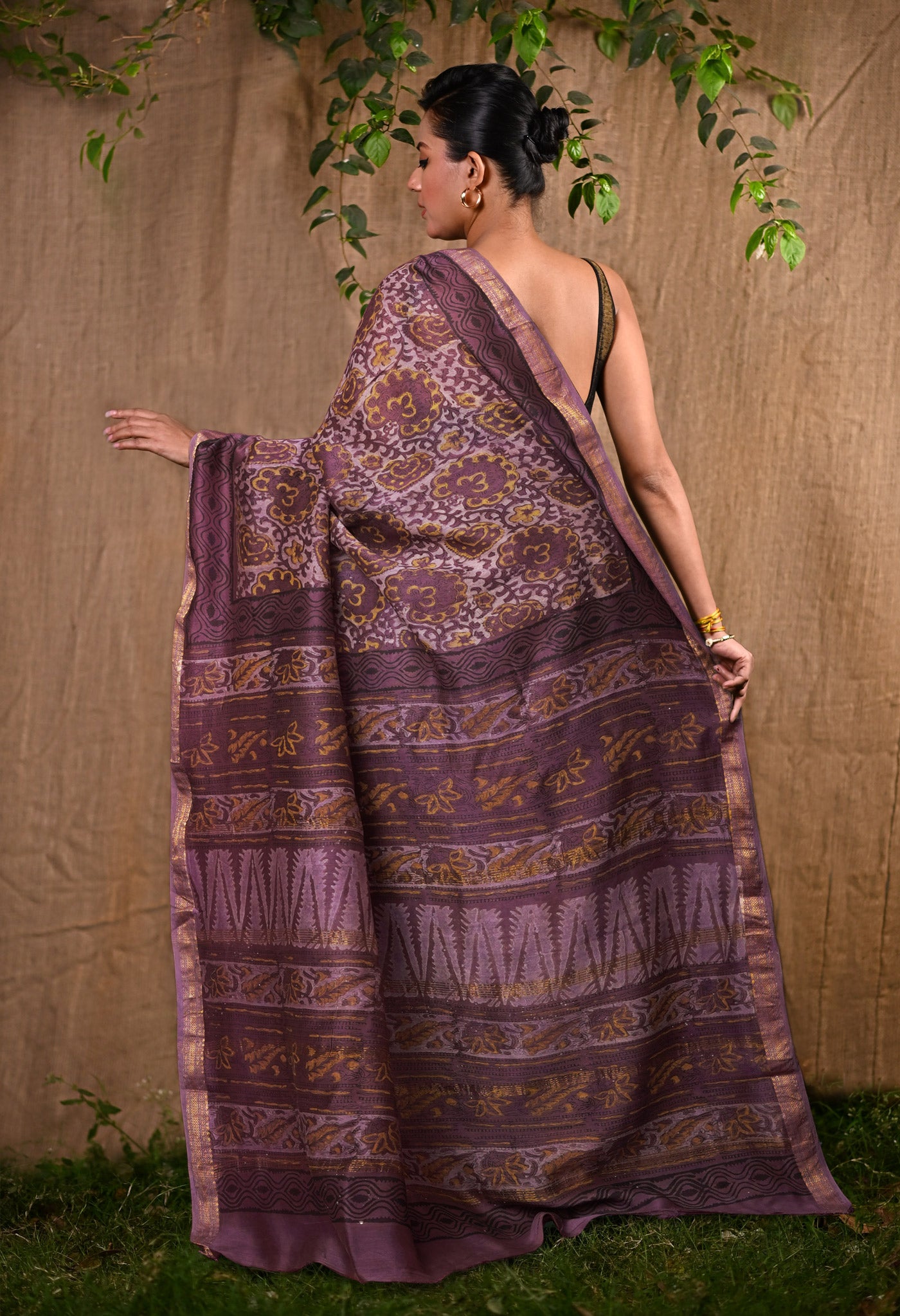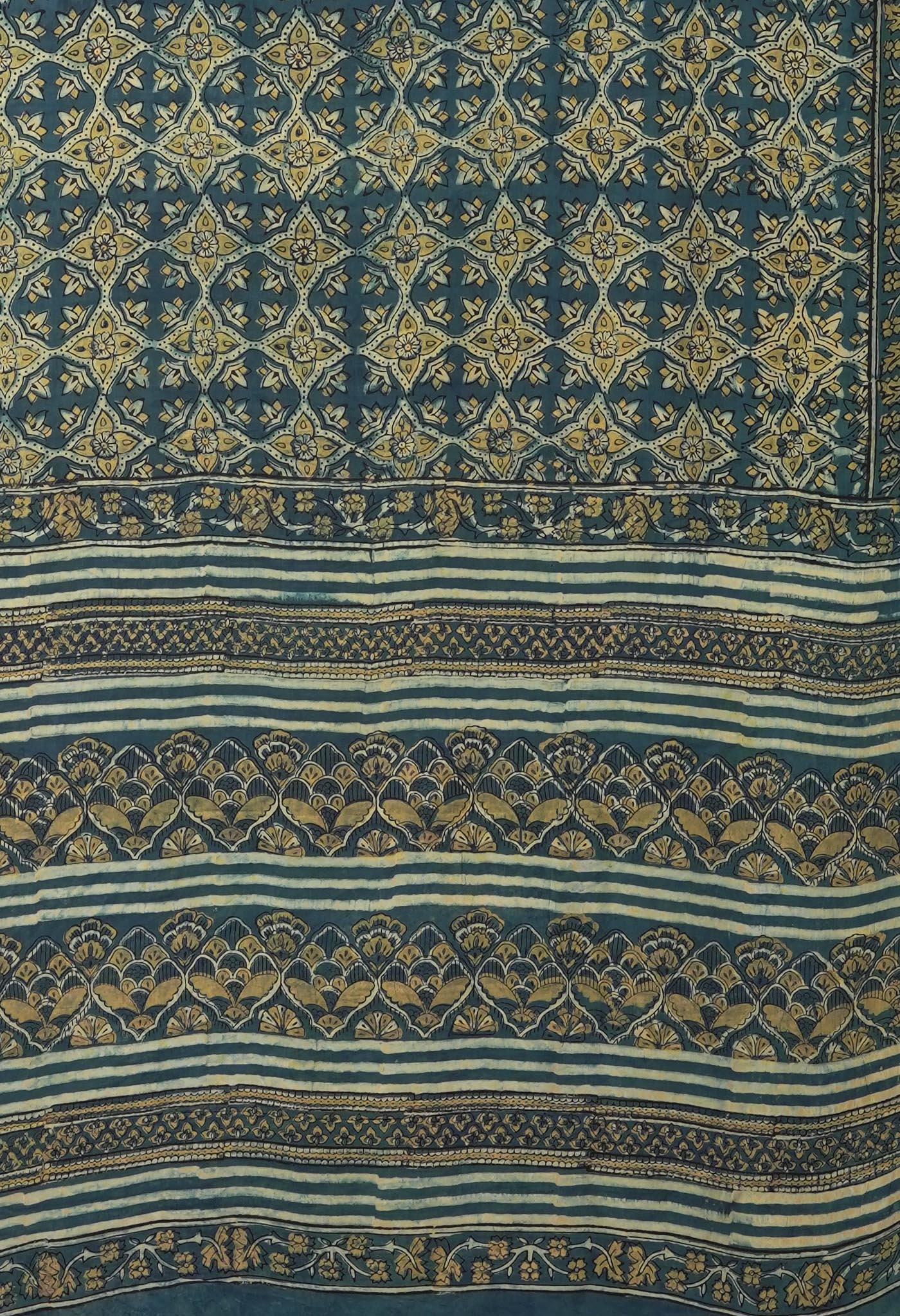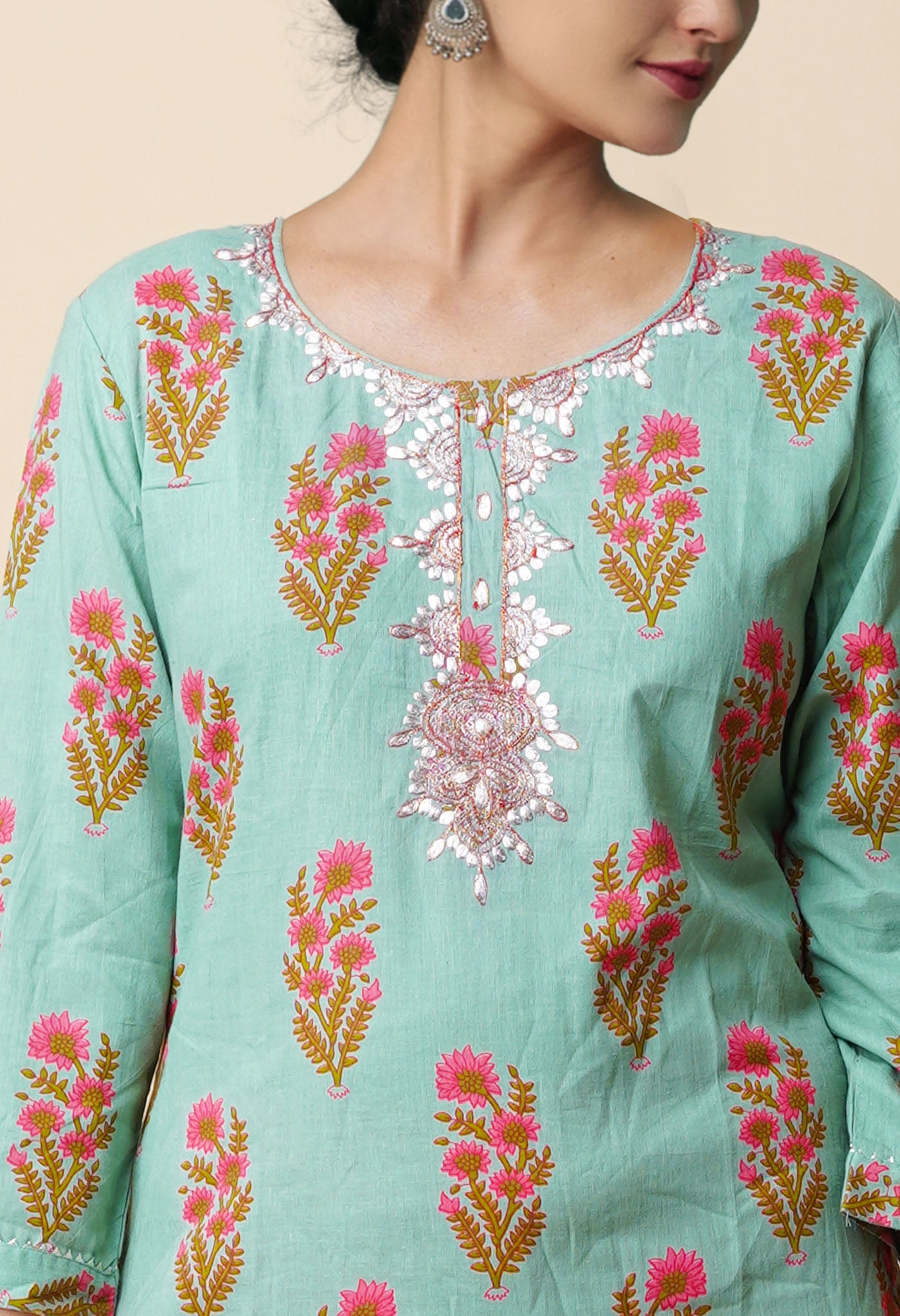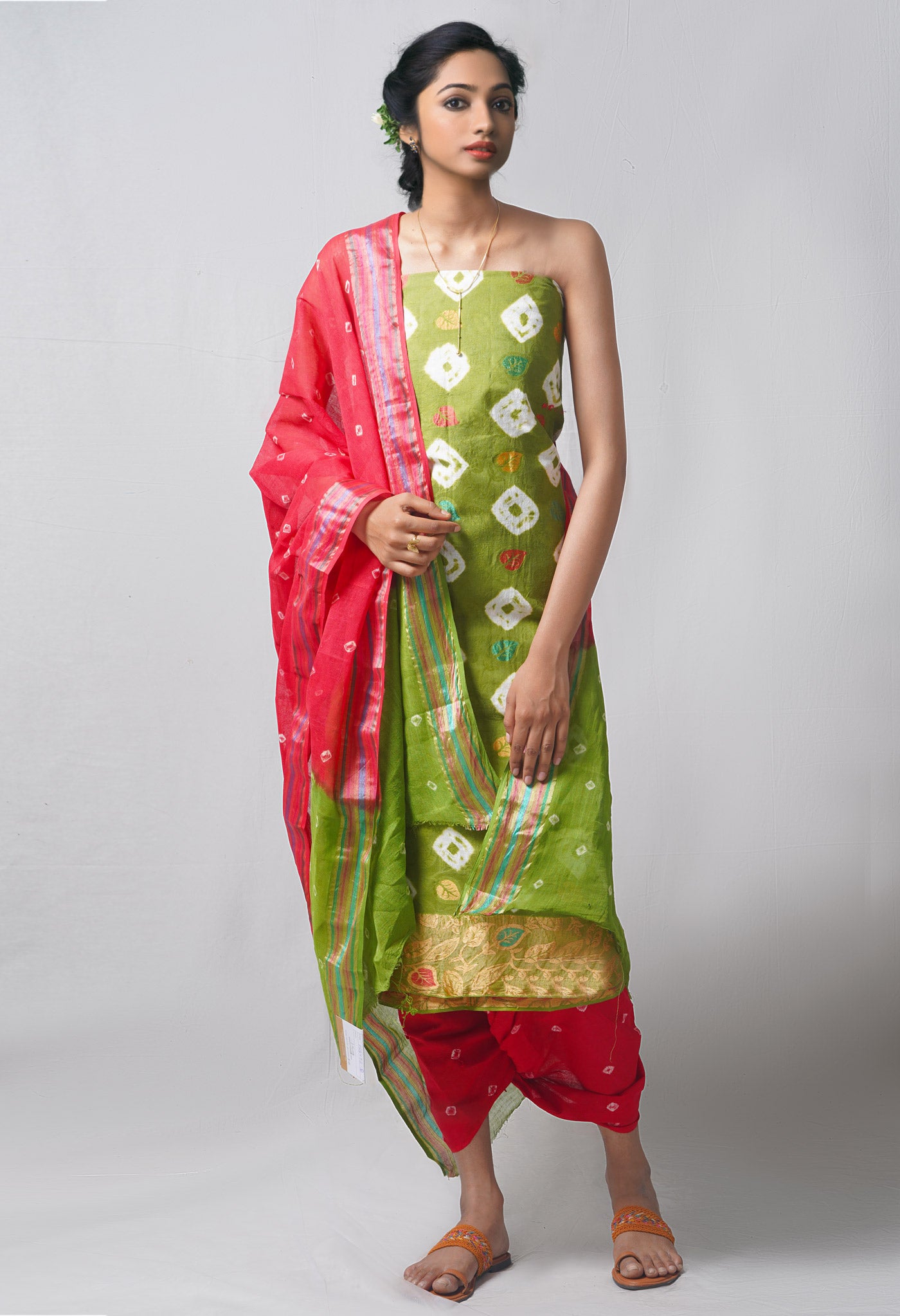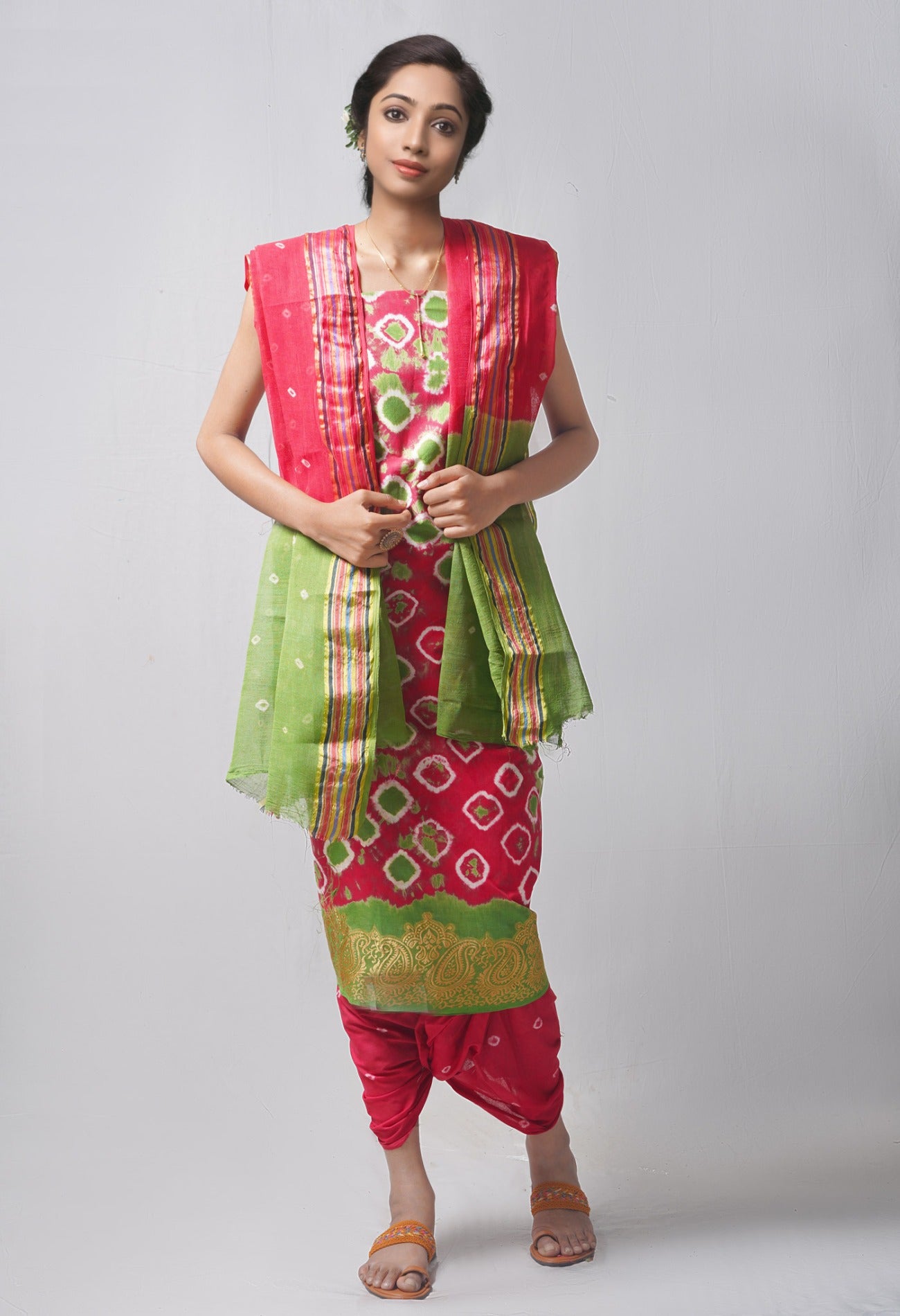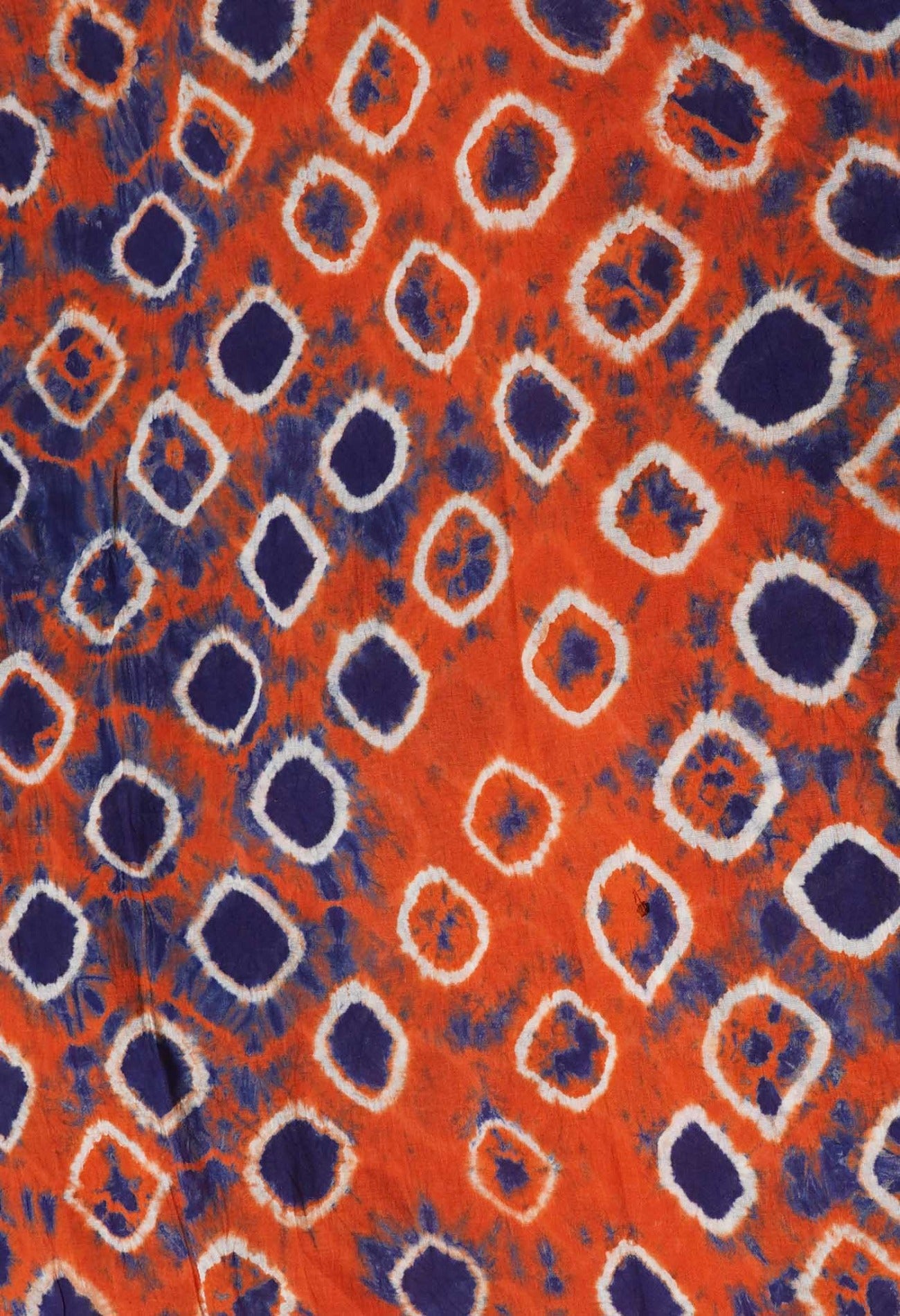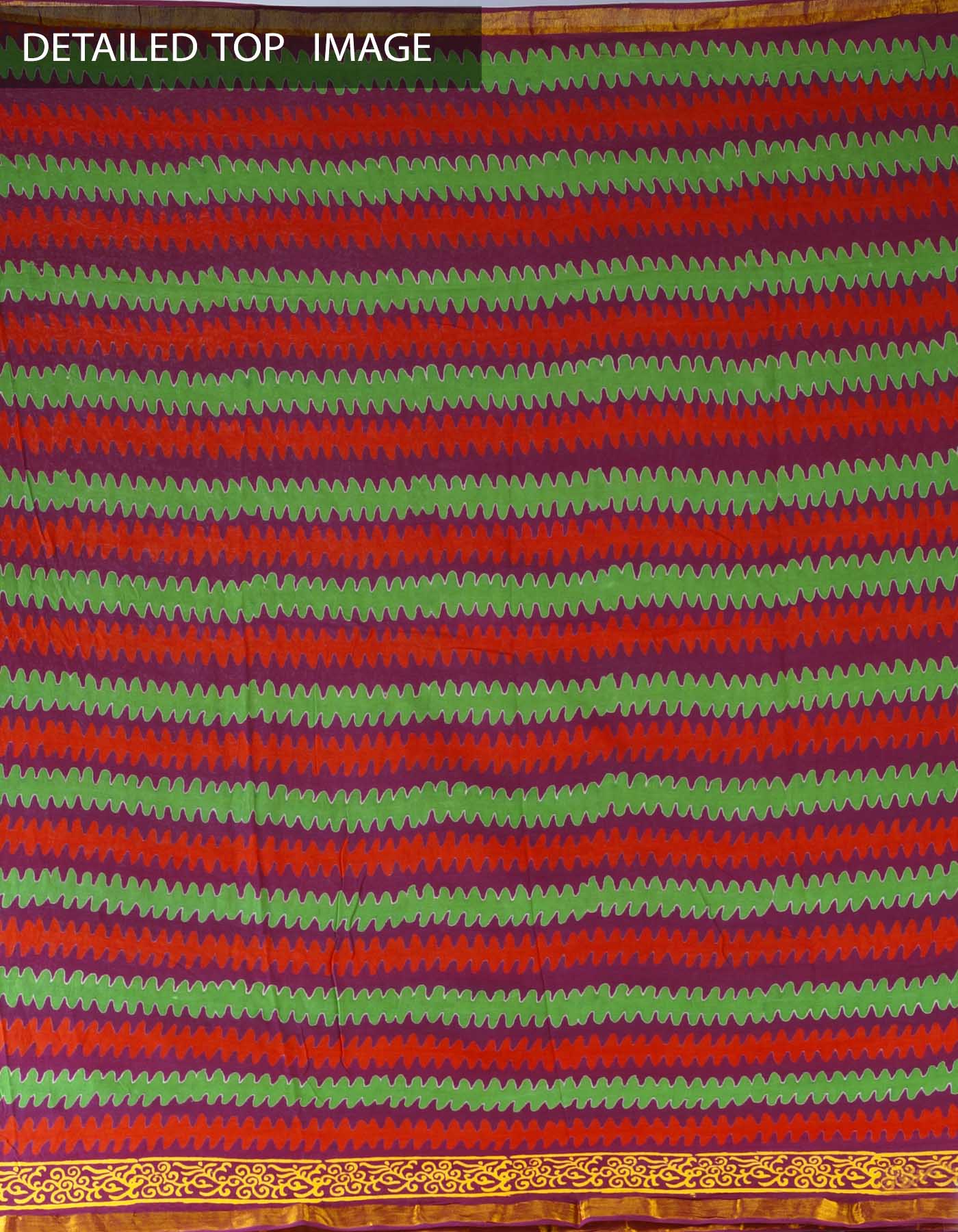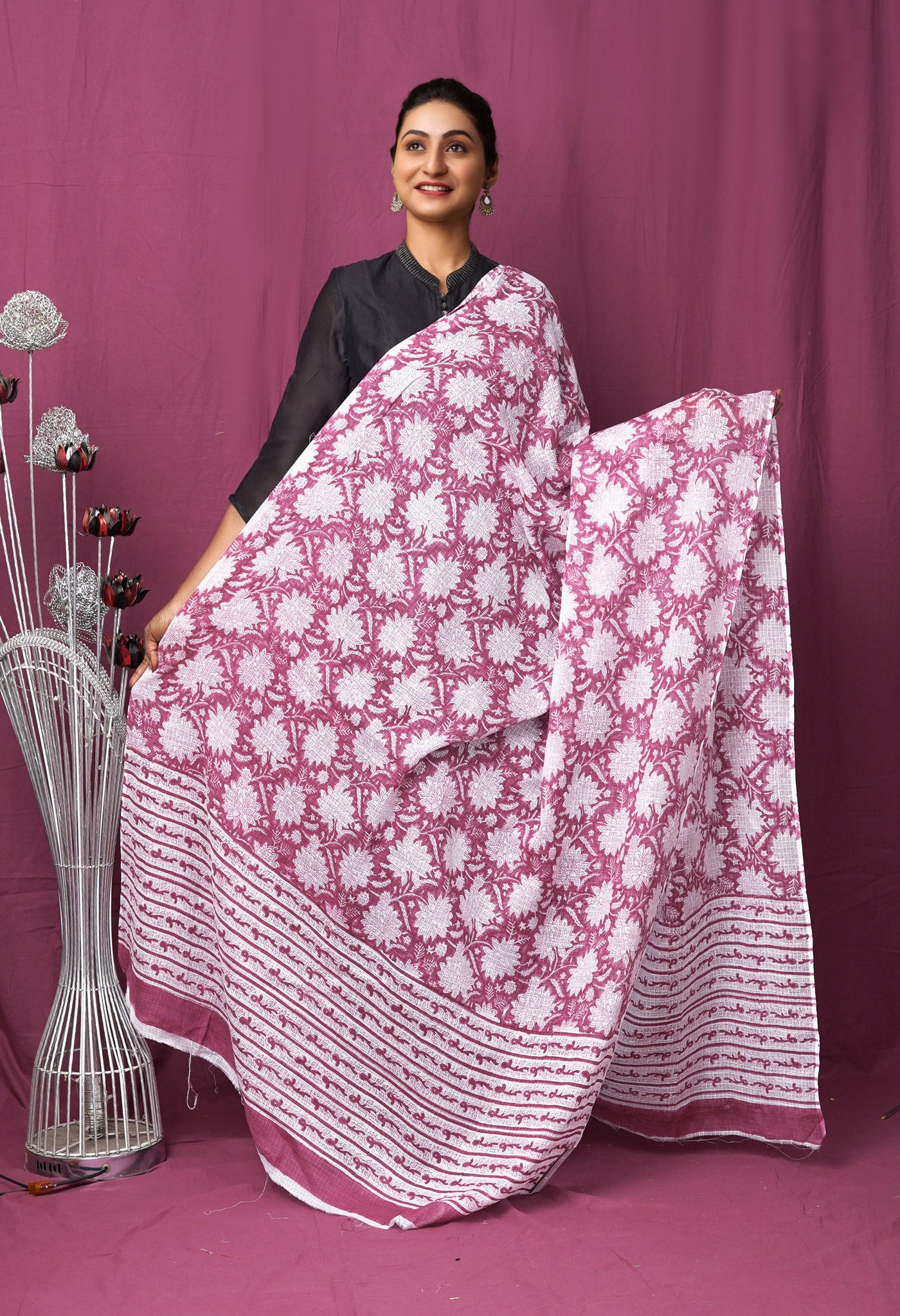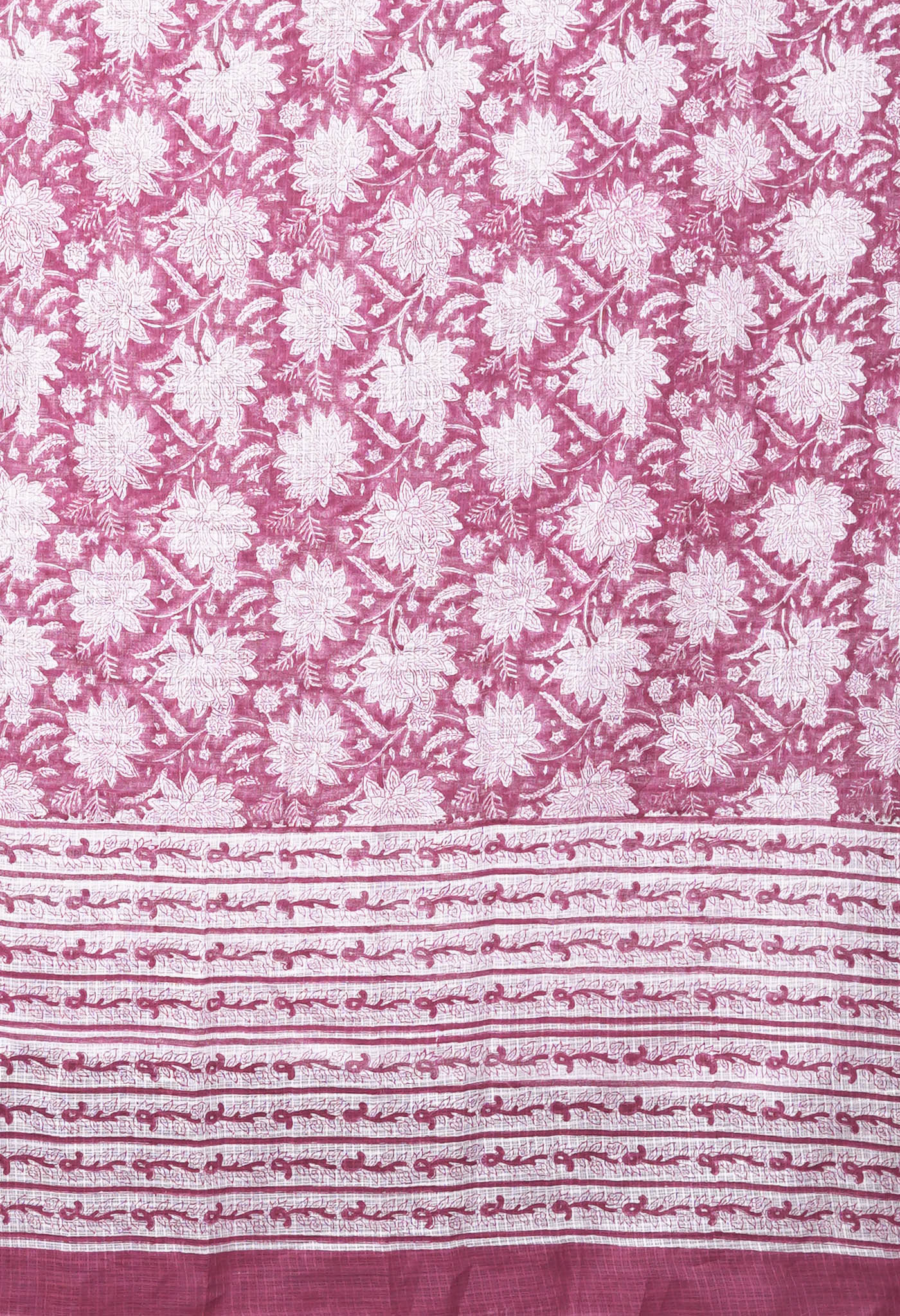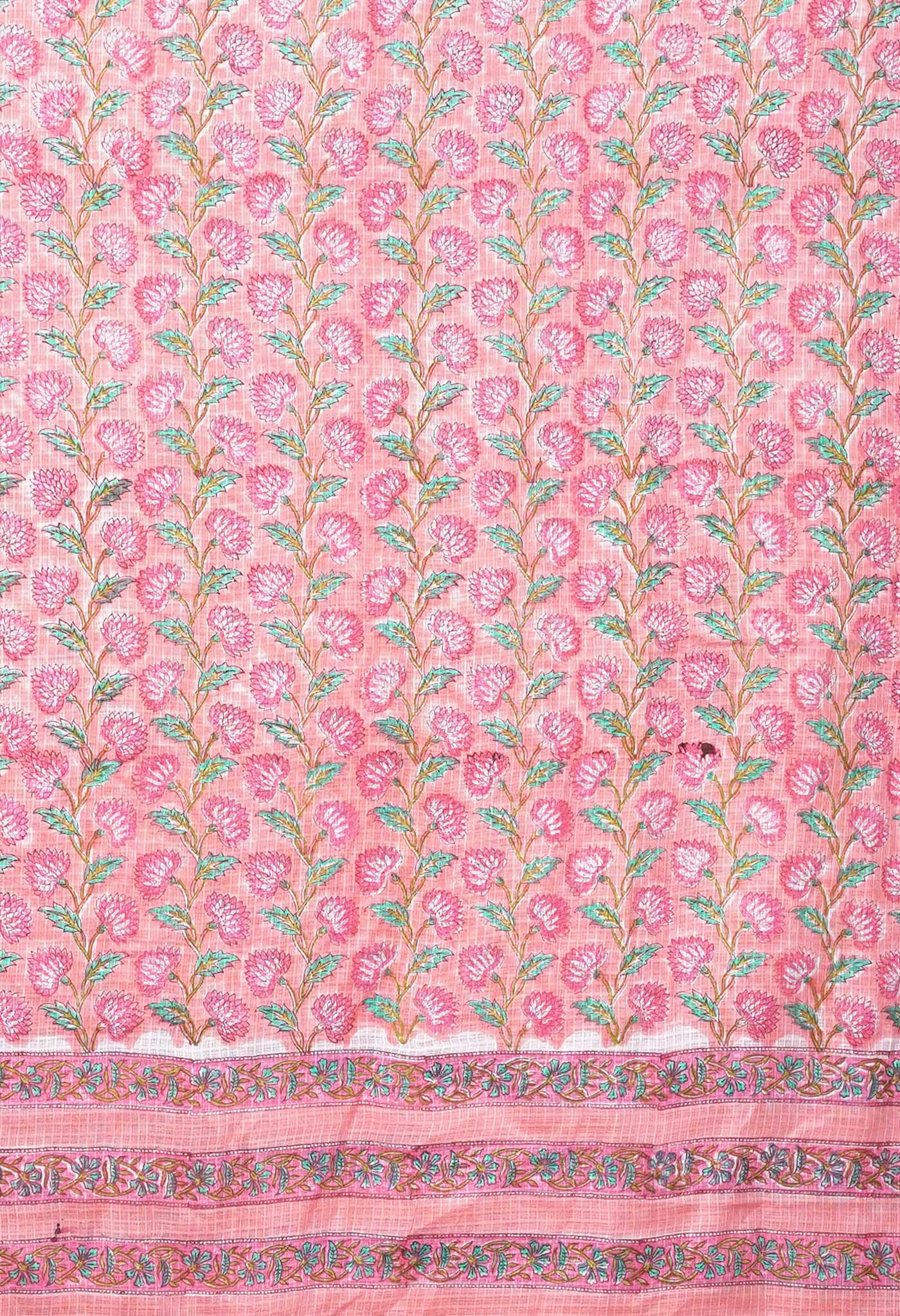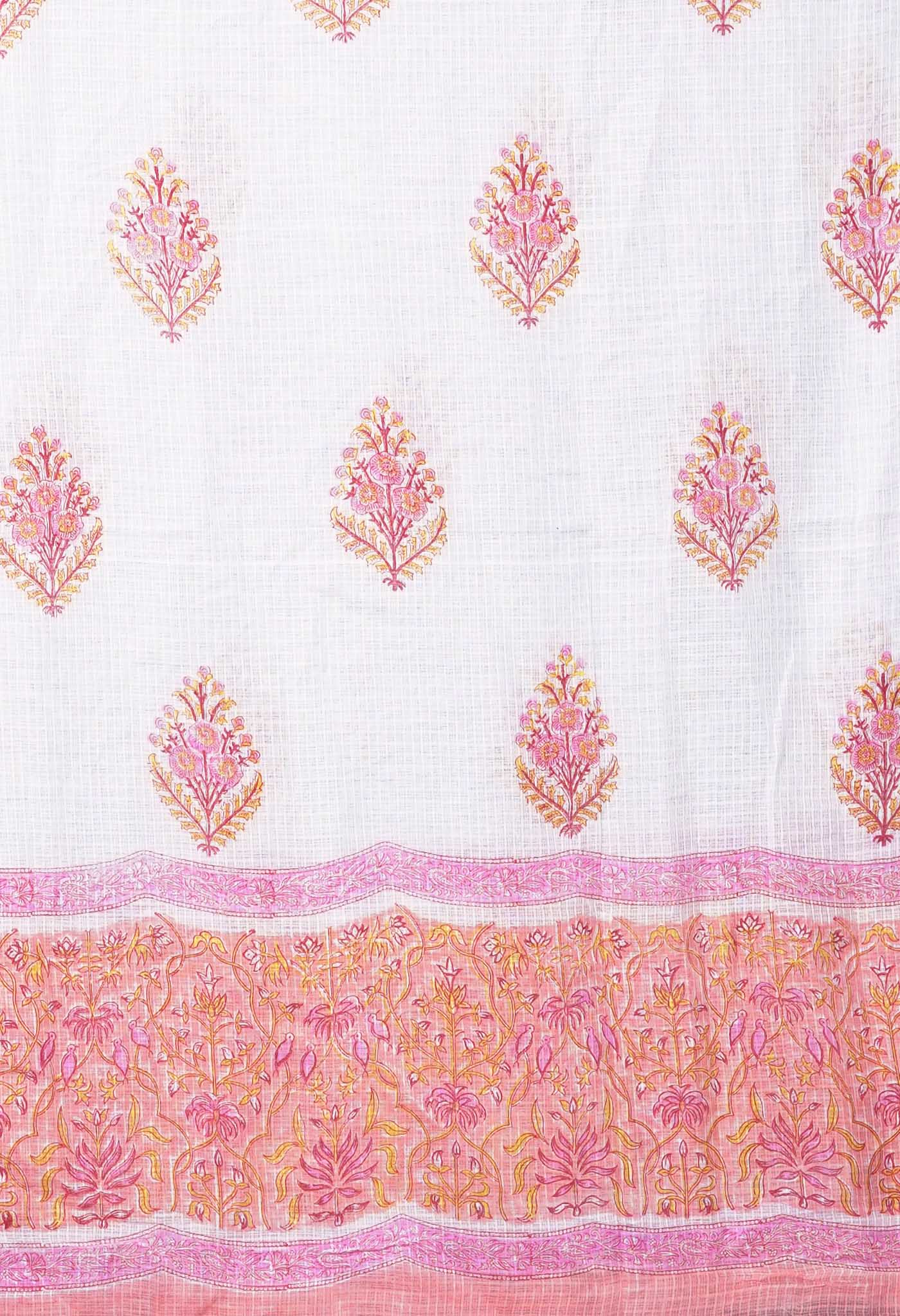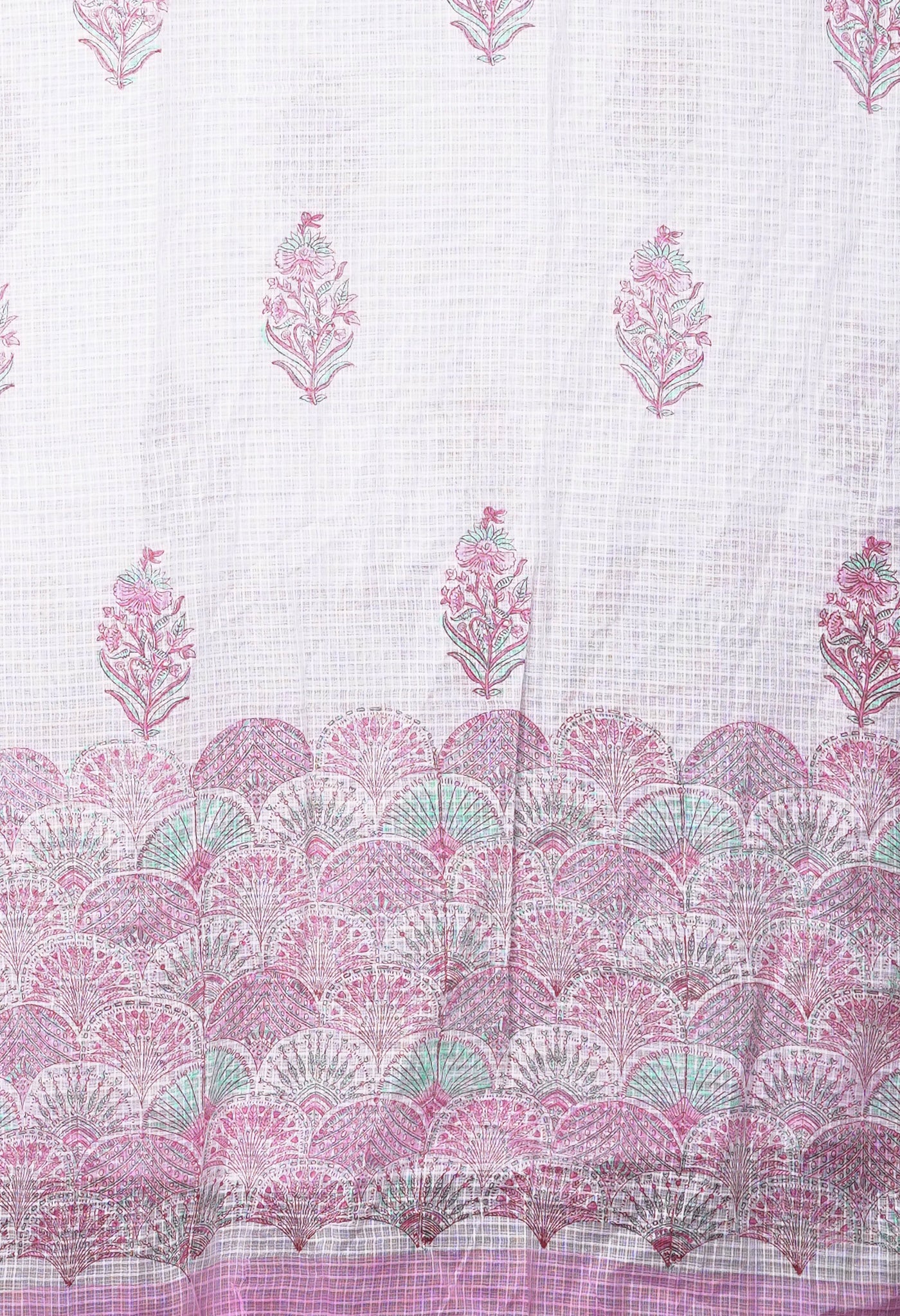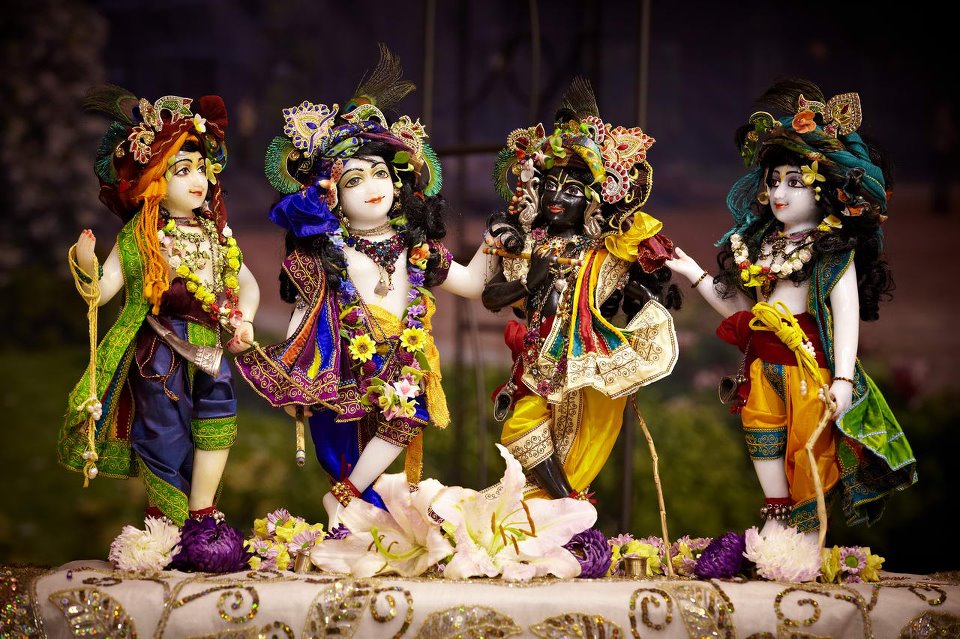
Janmashtami 2015 – it’s Dahi Handi time once more

Come 5th September, 2015, it’s Janmashtami once more. Also known as Krishna Jayanti, Gokulashtami and some other names, this celebration is for the birthday of the popular Hindu deity, the eighth avatar of Vishnu, Lord Krishna. The festival is held every year on the eighth day (ashtami) of the Krishna Paksha (dark fortnight) in the Hindu month of Shravan. Generally it falls somewhere in the August – September period of the English calendar.
Mathura and Vrindavan, in the North of India, have special enactments of the life of Krishna in the form of a colorful dance Raas-Leela. The ritual of the birth of the Lord to the chant of hymns is played out at numerous places in India and many stay awake fasting and singing bhajans all night. The next day Sunday is the day when the Lord’s love for curds is displayed in Dahi Handi or  “Pot of Curds”. A human pyramid of Govinda Pathaks is formed in various neighbourhoods or mohallas of many cities across India, to get at the pot filled with curds and get the something kept as reward for reaching it.
“Pot of Curds”. A human pyramid of Govinda Pathaks is formed in various neighbourhoods or mohallas of many cities across India, to get at the pot filled with curds and get the something kept as reward for reaching it.
People all round watch from terraces and various floors of buildings around and discourage the pyramid members from reaching the pot easily by shouting, jeering and even splashing water on them. the mirth and gaiety gets to everybody and all have a good time till the pyramid manages to reach the pot despite the discouragement of the spectators and the apex member breaks the pot to have the curds fall on most members of the pyramid and collects the reward that could generally be money or something costly. This is then shared between all members of the pyramid equally. Competitions are held also to ascertain the most successful of the various neighbourhoods in a city to fetch the handi treasure first or in the shortest time in minimum number of tries.
[/vc_column_text][/vc_column][/vc_row][vc_row][vc_column width="1/2"][vc_single_image image="9624" img_size="600*400"][/vc_column][vc_column width="1/2"][vc_single_image image="9628" img_size="600*400"][/vc_column][/vc_row][vc_row][vc_column][vc_column_text]
The zeal and enthusiasm across India and other parts of the world
- In Goa, all temples of Devika Krishna are decorated grandly and the festival celebrated across all strata of society and communities with everybody in the family participating with devotion and fervor.
- Places in Uttar Pradesh like Gokul, Mathura, Vrindavan attract visitors from all over India and many overseas tourists also because of the online slots wholehearted participation and joyful environment.
- Dwaraka in Gujarat is where the Lord’s kingdom had been established is in raptures throughout the day and the Dwarakadeesh temple is filled with devotees throughout the day.
- Surprisingly in Jammu kite flying is done to celebrate the occasion.
- Puri in Odisha and Nabadwip in West Bengal have rituals, fasting and worship from morning till midnight. Many go on fast singing hymns throughout the night, some temples have the Purana Pravachana read out to the congregation by the priests. Fast is broken only the next day known as Nanda Utsav by consuming sweetmeats.
- In assam, Janmashtami is generally celebrated in homes and temples through Pujas and Prasad shared with everybody.
- In Manipur, known as Krishna Janma, the festival is celebrated with much pomp in two prominent temples of Imphal the capital city of the state. One is the Govindaji temple the other built by ISKCON.
- South has its own share in the mirth and gaiety. In Tamil Nadu, Rangoli is put in front of homes, drawn with rice batter in nice designs to the singing of devotional hymns. There is a custom of drawing footprints from the threshold of the house to where the Lord is kept indicating that the Lord has come to the house. There is a lot of singing and the cradle ceremony performed with sometimes even the youngest male child dressed as Krishna. Similar scenes are observed in many homes across South India, be it Karnataka, Andhra Pradesh, Telangana or Kerala. sweets that are the Lord’s considered favourites are first placed before him, the puja performed and then they are distributed as Prasad to all present.
- Temples of Lord Krishna that are famous include the Rajagopalaswami temple in Mannargudi in Tiruvarur district of Tamil Nadu, Bala Krishna Temple at Udupi, Karnataka, Pandavadhoothar temple in Kanchipuram, Krishna temple in Guruvayur in Kerala where there are programmes of all sorts throughout the day. Fasting, discourses, singing of bhajans, enacting the cradle ceremony at midnight when the Lord was born, devotional performances in singing and dancing etc.
- Even in the neighbouring countries of India like Nepal, where a major portion of the population considers itself as Hindu, Pakistan, Bangla Desh, you find similar scenes of celebrations in the Hindu pockets of cities.
- Other countries where such celebrations are known to take place are in the United States ( some cities especially where there are ISKCON temples, Guyana, Trinidad & Tobago, Jamaica, Fiji, Suriname. This is mainly due a lot of Indians having gone there years ago and settled to slowly bring about a change in their immediate neighbourhoods.
What’s special this Janmashtami?
A new phenomenon will be witnessed this occasion that has not taken place at least in the last 50 years it is said. The Rohini Nakshatra (constellation) will remain in the sky for a full 24 hours on the day of Janmashtami, much more than during Ashtami (eighth day) of other years in the past.
It is said the beneficial influence or good position of this star’s phase (Balava Karana) is so strong that it shall benefit everybody, since Lord Krishna was born under this constellation in this phase. More so those who pray earnestly to the Lord this day will reap many good fruits by way of health, wealth, position etc. on doing so. New projects started this day shall yield good results. Further it has been mentioned that the sins of the last three births also would be washed off on praying to the Lord especially during this auspicious phase.
India is a land of belief and tradition and there is no dearth of followers of the Hindu faith who celebrate religious festivals throughout the year. There is also a flexibility of observance and custom that makes it even more enjoyable. Further it always has been most inclusive of people of other faiths as well, that makes it extremely appreciable.
[/vc_column_text][vc_gallery type="image_grid" images="9645,9642,9652,9644,9643,9649,9646,9648,9647,9651"][vc_column_text]
No wonder that all communities gather in good strength not to celebrate a religious Hindu festival but to celebrate with devotion and fervor an occasion that marks a strong bond of friendship, kinship and brotherhood despite all the differences. May it stay that way ever!
[/vc_column_text][/vc_column][/vc_row]

